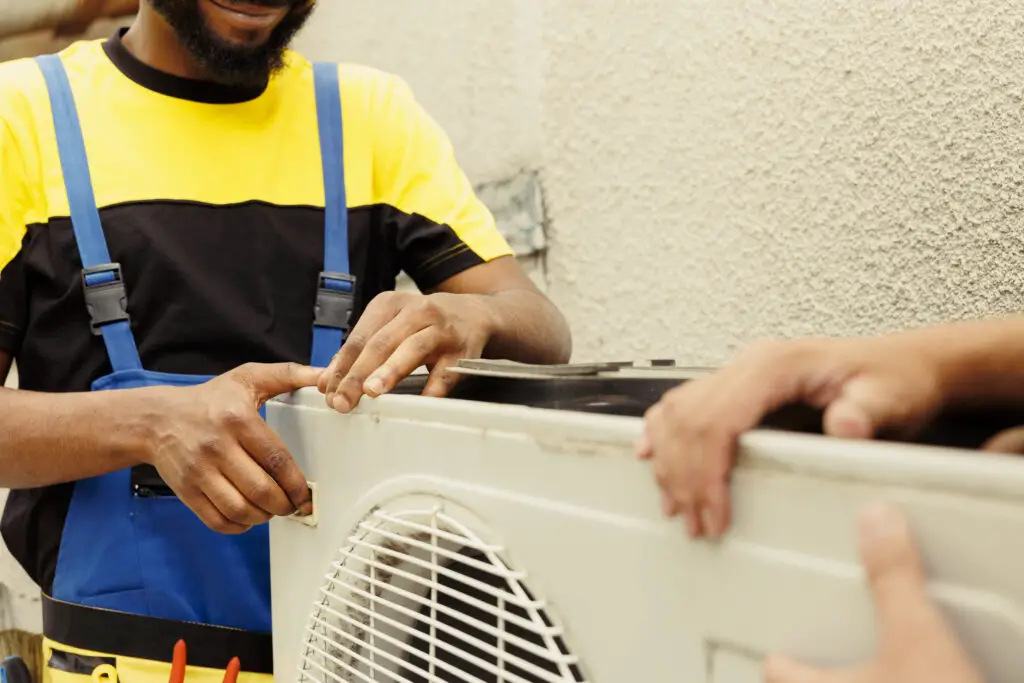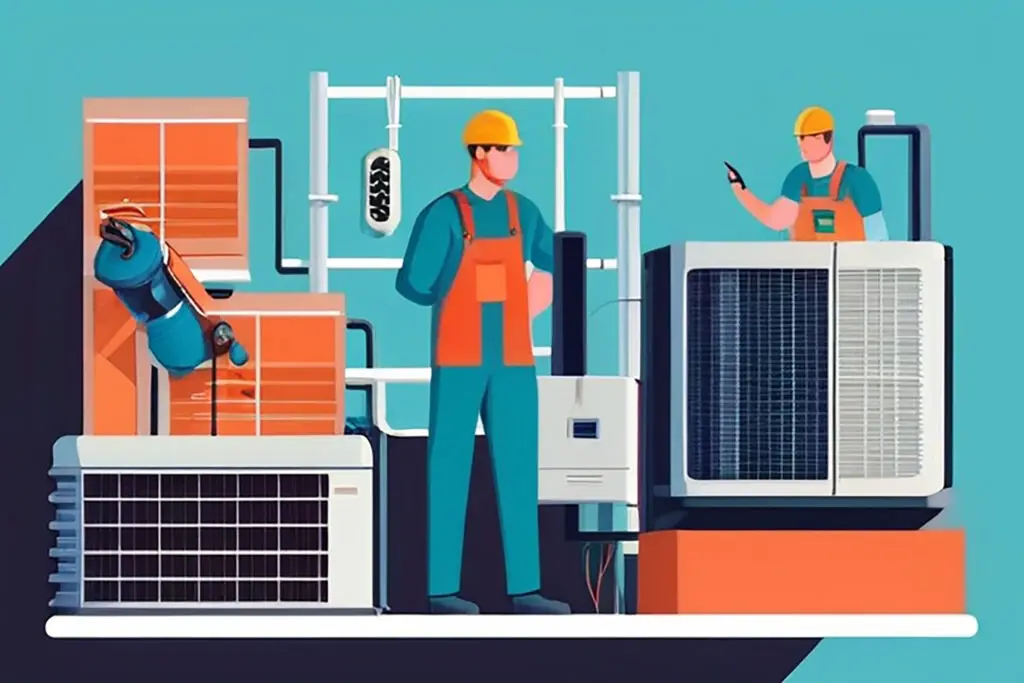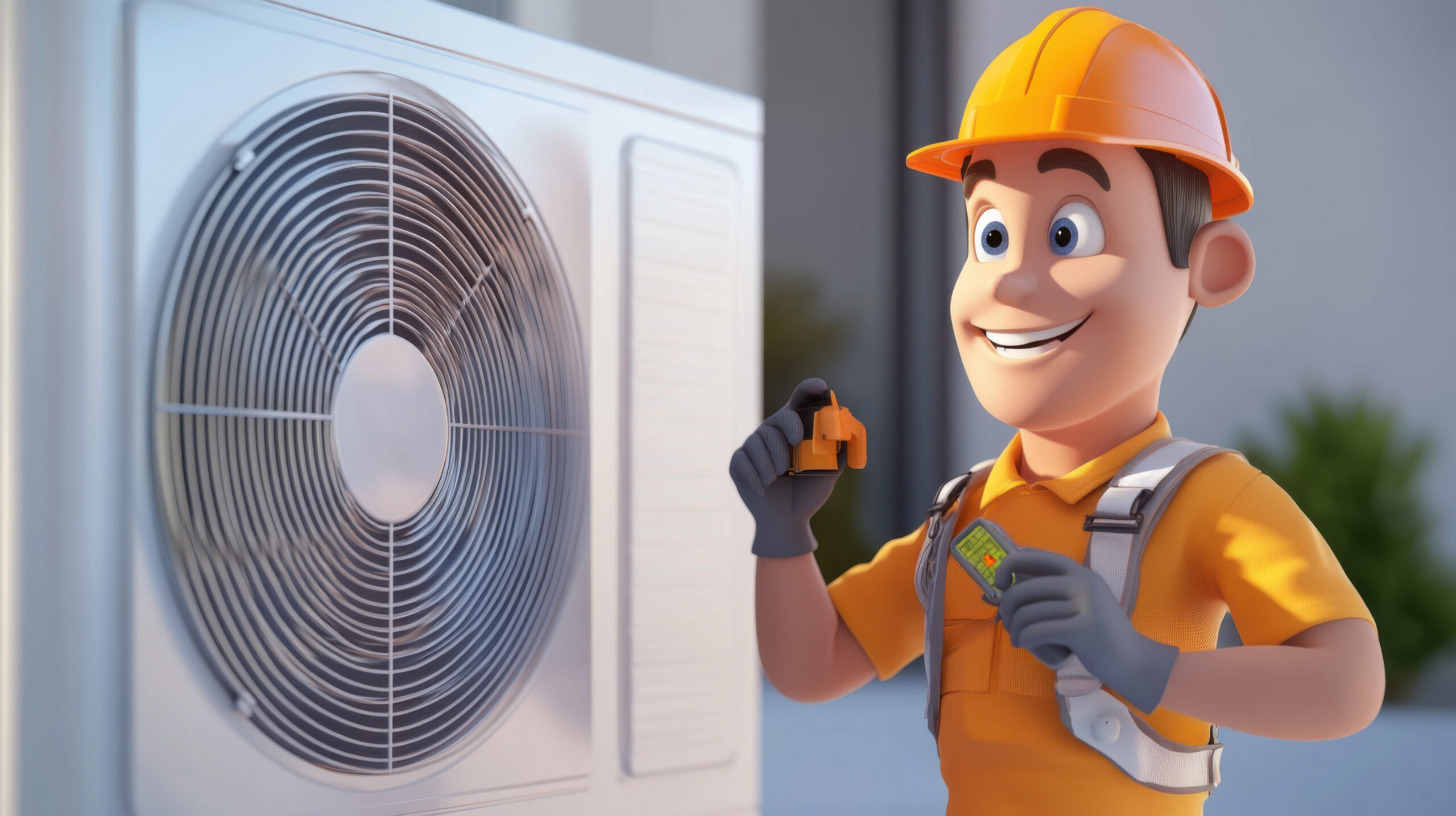Ever wondered how your air conditioner keeps your home cool during those sweltering summer months? You’re not alone. It’s a marvel of modern engineering that’s often taken for granted. This article will take you on an animated journey, breaking down the complex process into a simple, easy-to-understand format.
We’ll investigate into the intriguing area of thermodynamics, revealing the secrets behind the chilled air that provides your much-needed relief. From evaporation to condensation, you’ll see it all, in a way that’s both engaging and informative. So, get ready to uncover the inner workings of your air conditioner, and you might just gain a newfound appreciation for this everyday appliance.
Understanding the Basics of Air Conditioning

As earlier mentioned, air conditioners employ complex principles of thermodynamics, particularly about stages of evaporation and condensation. Now, let’s investigate deeper to grasp these bases.
The Role of Animation in HVAC Education
Animation plays a crucial role in comprehending the convoluted operations of an air conditioner. Its paramountcy in HVAC education stems from its aptitude to visually represent intricate concepts. Have you ever tried to decipher a technical manual? It’s like wrestling a rhino! Trust me, it’s far from the easiest pick.
Instead of trudging through words on a page, animation presents these concepts with breathtaking clarity. A picture’s worth a thousand words, right? Now, imagine the worth of a moving image! It breaks down the complicated process of how an air conditioner works into digestible bits. So, providing a swift, engaging, and interactive learning process.
So, you’re not just stuck with the theory, but you also get a visual demonstration of the condensation and evaporation stages of thermodynamics in action. It’s like having a front-row seat in the thrilling production that cools your home on those scorching summer days.
Key Components of an Air Conditioner
To keep track of how an air conditioner keeps your home comfortably cool, let’s investigate into its key components. These fundamental parts work together, facilitating the cooling magic you experience.
The Compressor: An AC’s Heartbeat
Just like our hearts pump blood tirelessly, an air conditioner’s compressor is your unit’s power plant. This high-pressure pump forces refrigerant through the system. So, think refrigerant as the blood of AC, and compressor as the heart. Pretty cool analogy, isn’t it?
The Condenser Coil: Transformer in Chief
Next in command is the condenser coil, located outside your home in the AC unit. After the refrigerant gas is pressurised and heated in the compressor, it’s pushed into the condenser coil. Here, it transforms into a high pressure, high temperature liquid, ready to move to the next stage.
The Expansion Valve: Pressure Officer
Post condenser coil, remember, your refrigerant is a high pressure liquid. The expansion valve steps in to control the refrigerant’s flow into the evaporator coil. It’s the pressure reducer, converting the high pressure liquid into a low pressure one. Think about this as the gateway of a castle, controlling the inflow and outflow.
The Evaporator Coil: Foggy Mystery
Finally, into the dark and chilly cave of the evaporator coil the refrigerant ventures. Here is where it matures into a low pressure, low temperature gas. Then, it absorbs heat from your home’s air and heads back to the compressor for another round.
Soon, we’ll explore how animations make these component functions tangible. After all, graphics are worth a thousand technical terms!
How Animations Illustrate Component Functions
To truly grasp complex systems, visual aids, specifically animations, work wonders. They transform abstract concepts into visual interpretations, which enhance comprehension.
Online platforms offer detailed animations breaking down air conditioner mechanics into components. These visuals follow refrigerant journey through compressor, condenser coil, expansion valve, and evaporator coil. Such animations offer an insightful perspective, giving a bird’s-eye-view of what’s happening inside your AC system.
The Refrigeration Cycle Explained Through Animation
Transitioning from understanding individual components of an air conditioner, it’s crucial to look at the bigger picture – the refrigeration cycle. Animation proves invaluable in turning opaque HVAC concepts into digestible visuals.
Visualising the Process Step-by-Step
Picture this – a simplified animation showcases the refrigeration cycle, beginning with the compressor. The compressor’s role, as shown, consists of pressurising the system’s refrigerant, transforming it into a high temperature, high-pressure gas. Imagine watching as this refrigerant flows into the condenser coil.
In the condenser coil, the high-pressure refrigerant gas disperses heat into the surrounding air, a process keenly demonstrated by the animation. As the heat dissipates, the gas condenses into a liquid refrigerant. Here, enters the expansion valve – the part that embodies the crux of the cooling mechanism. This valve restricts the flow of liquid refrigerant, causing it to expand and cool significantly. The animation illustrates this dramatic ‘temperature drop.’
The final step in the cycle involves the evaporator coil. The animation clearly demarcates the swift transformation of the cold liquid refrigerant to a gas, a process that absorbs heat and cools the coil.
The cold air is then distributed throughout the room. The completed cycle sends the refrigerant gas back to the compressor, and the process begins anew. The animation aptly portrays how a seemingly complex system of cooling is merely a choreographed dance of pressure, temperature and phase changes.
This refrigeration cycle represents the heart of air conditioner operations. Understanding it enriches your knowledge of HVAC systems, ensuring your grasp of air conditioning isn’t just cool, but absolutely frosty.
Benefits of Using Animations for Learning

Digging into the value that animations bring to the educational scene, it’s essential to recognise that animated videos offer unique benefits. This holds true particularly when it comes to dealing with complex subjects such as how an air conditioner works. The specifics are split into three core areas, which are enhanced understanding and retention, increased accessibility, and boosted engagement.
Enhanced Understanding and Retention
Think about it, animations possess a particular advantage that traditional text-based resources lack. They simplify complex mechanics, like the workings of an air conditioner, into easily digestible visual contents. You see, when you can vividly observe how refrigerant moves through various components, altering states and temperatures along the way, comprehension becomes effortless. This visual representation eases understanding, especially of abstract ideas often tough to grasp through words alone. Say goodbye to memorizing hard facts and figures – the visual nature of animations tend to stick around in memory longer. By the time you’re through with the animation video, you’ll find that you not only understand but also effortlessly remember each stage of the refrigeration cycle.
Conclusion
So, you’ve journeyed through the intricate world of air conditioning, from the key components to the refrigeration cycle, all made easier with the power of animation. You’ve seen how the compressor, condenser coil, expansion valve, and evaporator coil work together in a carefully choreographed dance of pressure and temperature changes. You’ve also discovered how animations can simplify complex mechanics, making learning more engaging and easily digestible. It’s clear that animations aren’t just a fun tool, they’re a game-changer in HVAC education, making the abstract concrete and boosting your understanding. Now, with these insights, you’re better equipped to grasp the workings of air conditioners, thanks to the magic of animation!
